The 1st
LaureateArchitecture
Ieoh Ming Pei
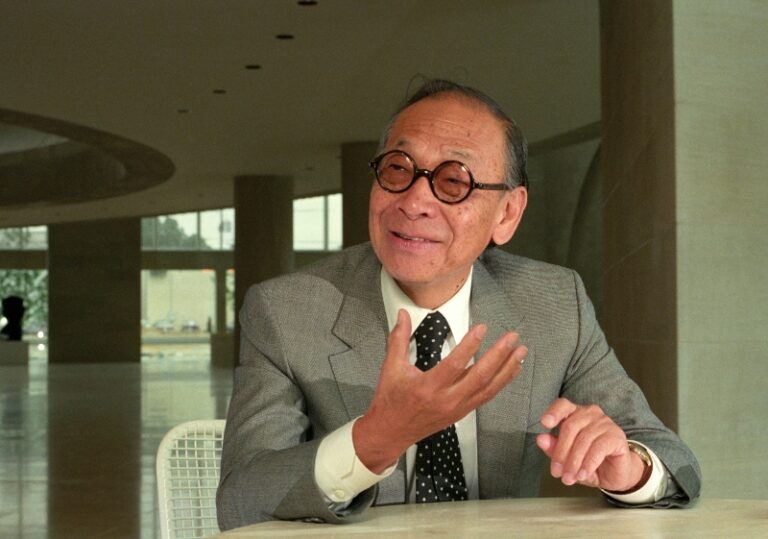
I M Pei’s pyramid in the courtyard of the Louvre is probably the best-known application of modernity to a historical setting,as well as being among the most audacious. Pei graduated from Harvard as a product of the new humanist line professed by Marcel Breuer and Walter Gropius,going on to establish his own monumental style in the mid-1960s with buildings at Massachusetts Institute of Technology and Boulder,Colorado. His practice built many significant public buildings in the US during the 1970s,developing during the 1980s into a global influence with landmark buildings in China,Hong Kong,Japan and Paris as well as America. His versatility and the depth of his practice have enabled Pei to create monumental set pieces in great cities around the world.
Biography
On leaving the Graduate School of Design at Harvard University in 1946 as a product of the new humanist line professed by Marcel Breuer and Walter Gropius,I M Pei chose to work for the New York developer William Zeckendorf,who was then the driving force behind the real estate firm of Webb & Knapp. In 1948 Pei founded the architectural division of Webb & Knapp realising,to the designs of his immediate associate Henry Cobb,the striking 35-storey Place Ville Marie development in Montreal in 1955–56. This cruciform high-rise building pioneered the neo-Miesian modular fenestration that would reappear in Pei’s own Kip’s Bay apartments in New York,1962,and his Society Hill Towers in Philadelphia,1964.
By 1955 Pei had already established his own separate identity by setting up the office of I M Pei Associates,even though the organisation was still working for Zeckendorf. The ultimate break came in 1964 with the Massachusetts Institute of Technology Earth Sciences Center and the National Centre for Atmospheric Research at Boulder,Colorado. The multi-towered form of the latter building established what one can only call Pei’s neo-Kahnian gestalt; a particularly monumental configuration in bush-hammered concrete that would reappear in a different form in the Herbert Johnson Museum of Art at Cornell University,Ithaca,New York,completed in 1973.
By the 1970s the Pei firm was well established with a large number of significant American public buildings coming to fruition,including the Dallas City Hall,1977 and the monumental John F. Kennedy Library completed on Columbia Point,Boston in 1979. While Pei’s other main associate,James Freed,was realising one of the most elegant neo-Miesian buildings to be erected in New York,the self-effacing 88 Pine Street in the Wall Street area,Pei himself was deeply involved in designing the East Wing of the National Gallery of Art in Washington. The success of this building surely led to Pei being awarded the commission for the reconstruction of the Louvre in Paris in 1983. Pei’s glass pyramid erected on the axis of the Cour Napoleon in 1989 again reflected the architect’s lifelong fascination with space frame construction,which had already made its presence felt in the Kennedy Library and the National Gallery. At the Louvre a space frame in the form of a pyramid became the entire work,making the actual entrance into the museum somewhat constrained. Nonetheless,the pyramid was an architectonic tour de force,a dematerialised assembly of glazed diamonds and triangles held in place by an elegant system of wire cables.
Two works were to take Pei back to China: the Fragrant Hill Hotel built outside Beijing in 1982 and the Bank of China in Hong Kong,1990. Despite the eclectic approach of I M Pei Associates,it is hard to name two other buildings by Pei himself that are so categorically opposed in their basic format and ethos. If the courtyard garden of the hotel returned Pei to the magic of his childhood experiences in the aristocratic gardens of Suzhou,the Bank of China was a high-tech,high-rise work,a space frame structure in itself and a symbolic rival,so to speak,to Norman Foster’s Hong Kong and Shanghai Bank. Paradoxically,given the aggressive high-rise stance of the Bank of China with its oversize tower curiously poised on an almost sepulchral podium,Pei persuaded the Chinese Republic not to build a high-rise hotel close to the Forbidden City. Instead he suggested building a low-rise hotel for prestigious guests of the government in a former hunting reserve well outside the capital. Conceived as an object lesson in the modernisation of the Chinese tradition,Fragrant Hill ended up as a unique piece of both vitality and calm within the overall trajectory of Pei’s architecture.
Almost inevitably given the era of Pax Americana in which he worked,Pei’s entire career has been subject to the ethos of the new monumentality,with the result that his most memorable pieces – the Kennedy Library,the Washington National Gallery,the Louvre Pyramid and even the Bank of China – were all to serve as monumental set pieces within their respective cities. However,with the single exception of the Louvre pyramid,they are also all works which,on close inspection,seem to be tenuously divided between the monumentality of their form and the dematerialisation of their roof structure.
Kenneth Frampton
Chronology
-
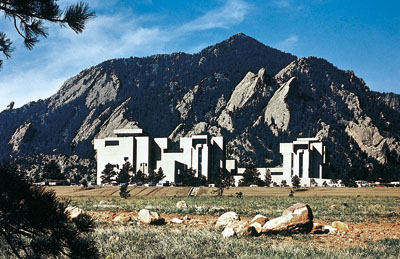
National Centre for Atmospheric Research
-
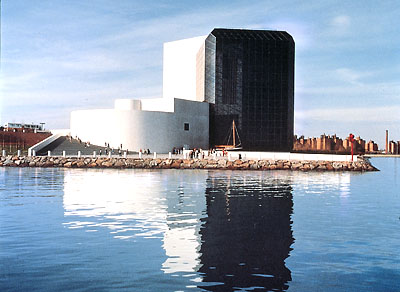
John F Kennedy Memorial Library
-
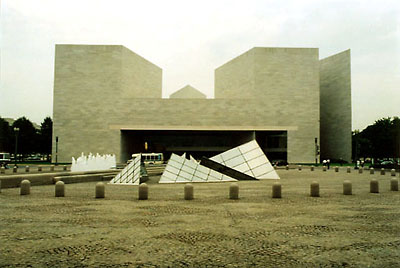
National Gallery of Art
-
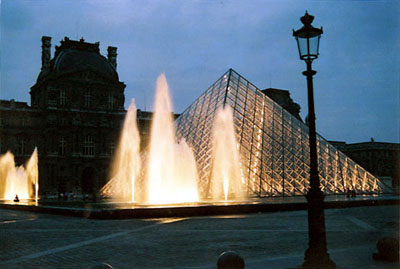
Le Grand Louvre
-
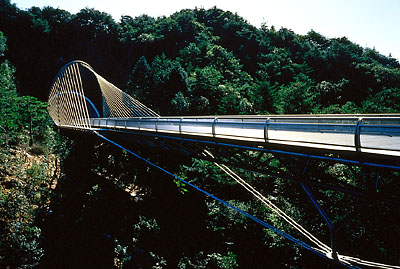
Approach to Miho Museum of Art

